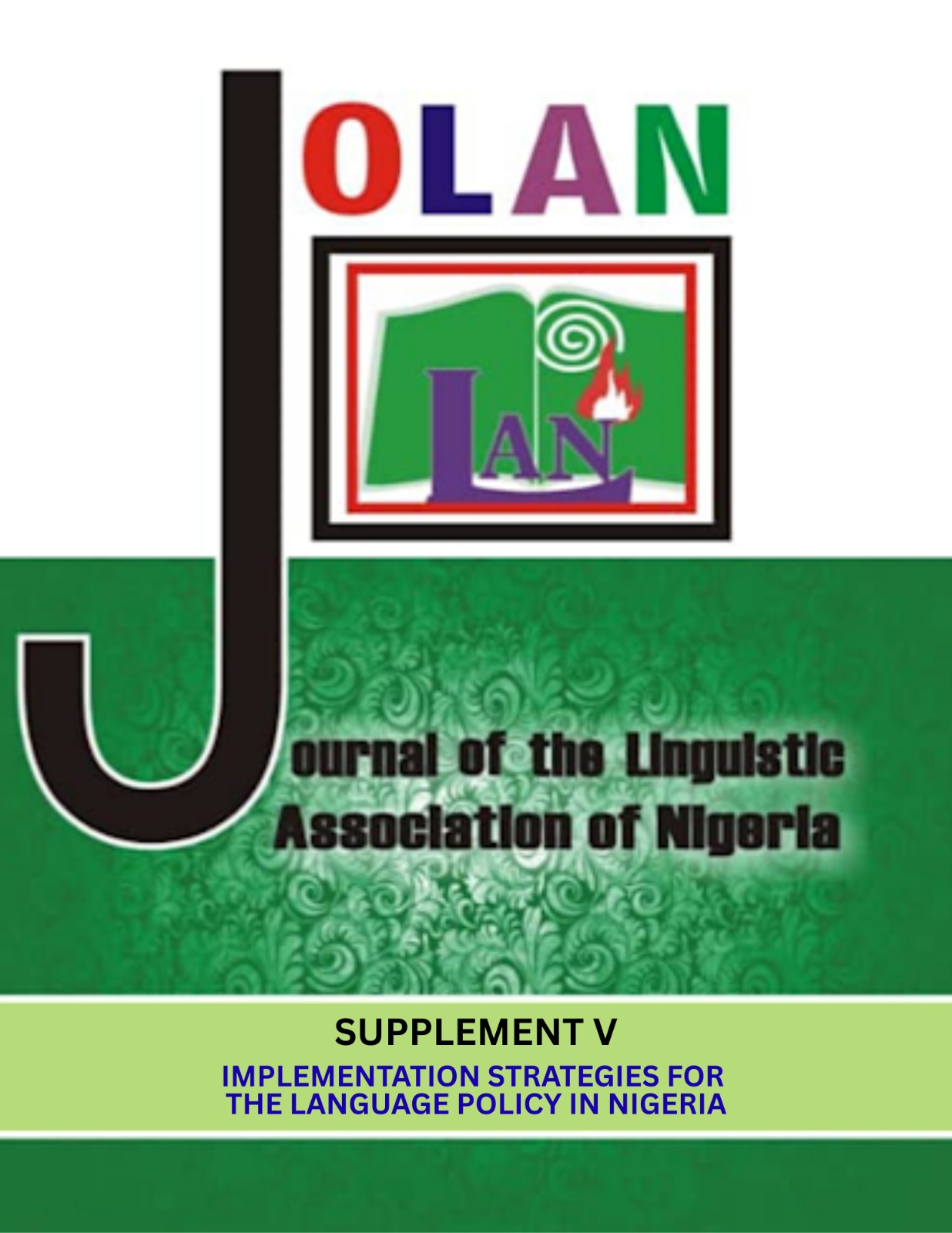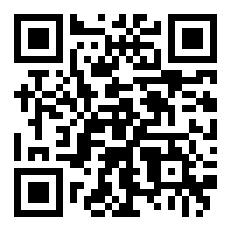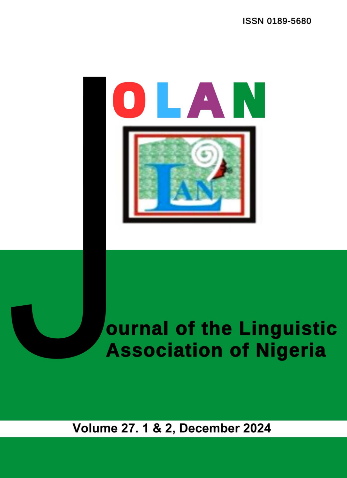A proposal for Zaar orthography and spelling reform
DOI:
https://doi.org/10.60787/jolan.vol5no1.420Abstract
Orthography marks a significant milestone in the development of language as a tool for cultural and socio-political advancement in modern societies. Every natural language is expected to have a writing system that facilitates literacy, cultural preservation, and language documentation. For the Zaar language, a West Chadic language spoken by approximately 150,000 people in southern Bauchi State, orthographic inconsistencies have hindered its effective use in writing. This paper describes earlier attempts at developing Zaar orthography, identifies gaps in those descriptions, and proposes a clearer, more learner-friendly system. Zaar is a cluster of dialects, including Moss, Walgi, Wami, Gambar Lere, Num, Sigidi, and Kal. The proposed orthography focuses primarily on Moss, the central dialect of Zaar, with some consideration given to the Wami and Num varieties. Data for the study were sourced from posts and comments in Zaar shared on Facebook and WhatsApp platforms. The analysis draws on Banda’s eight principles of orthographic description as well as Agbo’s phonetic and phonemic theories. The study establishes 55 orthographic symbols/patterns to represent 56 sounds in Zaar.
References
Agbo, M., S. (2013). Orthography theories and the standard Igbo orthography. Languages in India, 13( 4) 116-127.
Banda, F. (2008). Orthography design and harmonisation in development in Southern Africa. Open Space, 2(3), 39–48.
Caron, B. (2005).Zaar (Dictionanary, grammar, texts). Ibadan: IFRA.
Caron, B. (2011). Zaar-Hausa-English code mixing. CNRS- Inalco, Paris-Cité.
Caron, B. (2013). Zaar grammatical sketch 1. CNRS- Inalco, Paris-Cité: Press Sorbonne.
Cooke, G. (2020). Orthography. The International Encyclopedia of Linguistic Anthropology, 1-6. John Wiley & Sons, Inc.
Crystal, D. (2008). A dictionary of linguistics and phonetics (6th ed.). Malden, USA: Blackwell Publishing Ltd.
John, C. (2024). Comparative study of Moss, Wami and Num varieties of Zaar. (M. A. dissertation). Department of Linguistics and Nigerian Languages; University of Jos.
John, C. (2024). Zaar language and spelling complexities: A way forward. In H. M. John, (Ed.) History of the Zaar people of Nigeria: A people renown, rediscovering themselves, 43-51.
kaJanolintji, P., & Letsoalo, N. (2023). Introducing orthography and writing systems. Open Education Resources: Unisa Open Teaching and Learning Materials. https://uir.unisa.ac.za/handle/10500/27026
Karshima, D. T. (2012). Comprehensive Tiv orthography. Makurdi: Ter Books Publication.
Linell, P (1982) The Written Language Bias in Linguistics. (SIC=Studies in Communication, 2.) Linköping: Department of Communication Studies.
Lüpke, F. (2011). Orthography development. In P. K. Austin & J. Sallabank (eds), The Cambridge handbook of endangered languages, 312-336. Cambridge: Cambridge University Press.
Mensah, E., Ukaegbu, E., & Nyong, E. (2021). Towards a working orthography of Nigerian Pidgin. In A. T. Akanade & O. Salami, Current trends in Nigerian Pidgin, 177-199.
De Gruyter Mouton, Mountford, J. (2005). Language and language system. In N. E., Collinge (Ed.), An encyclopedia of language, 378-396. London: Routledge. Tench, P. (n. d). A new orthography in Tera. Centre for Language and Communication Research; Cardiff University. https://www.paultenchdocs.co.uk/wpcontent/uploads/2014/02/A-New-Orthography-in-Tera.pdf
Yule, G. (2010). The study of language (4th ed). Cambridge: Cambridge University Press.
Williamson, K. 1984. Practical orthography in Nigeria. Ibadan: Heinemann.
Downloads
Published
How to Cite
Issue
Section
License
Copyright (c) 2025 Journal of The Linguistic Association of Nigeria

This work is licensed under a Creative Commons Attribution-NonCommercial-ShareAlike 4.0 International License.














